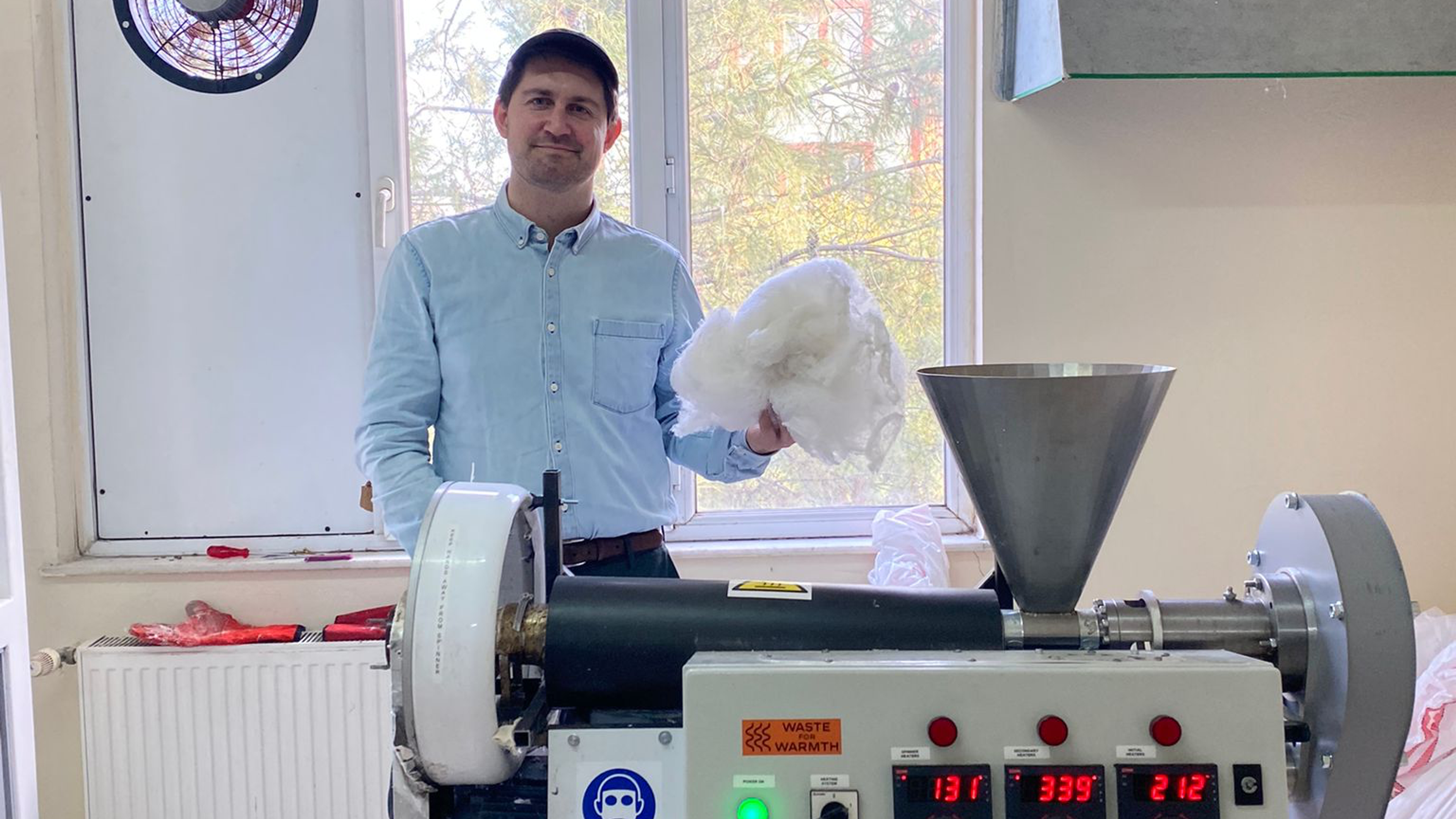Meet the project manager for the Waste for Warmth project, Egil!
 © Engineers Without Borders Norway
© Engineers Without Borders NorwayEgil, what 3 words would describe your project team?
- They are motivated, resourceful, and unimaginably flexible!
The project links the know-how of engineers to the know-why of humanitarians. What would you say are the benefits and challenges of combining these two worlds?
- The combination of these worlds can be extremely effective, but it can also be quite challenging to make common ground that enables us to take the full context and both views into consideration. The humanitarian context and shelter in particular have many unfamiliar political and security dimensions that are hard to bring front and centre in product design.
This project involves development of brand-new technology. Intellectual property is often a challenge in innovation projects involving a humanitarian organisation and private companies. How have you dealt with intellectual property in this project?
- Our private partner Polyfloss Factory had an interest in seeking Intellectual Property protection for their innovation, and from their historical contribution over the last 10 years we believe this is fair. We also consider our private partners capability to commercialize the technology as a means to scale the approach rather than a threat to the humanitarian use case. As a small and focused NGO we didn’t consider ourselves the best custodians of this IP, relying rather on our private partner to seek and hold patents. To ensure the humanitarian sector is compensated for the investment in research and development, and market testing, we entered a fair and equitable supply agreement. The agreement limits the profit margins from machine sales so that it is open to all humanitarian and development aid projects to join.
Do you have any advice for other humanitarian organisations when dealing with intellectual property in innovation projects?
- Get legal advice from day one - but also make sure you keep the conversation open and constructive. We sought legal counsel from Ernst and Young to understand the implications and various models for protecting the interests of the humanitarian sector and respecting the intention of the funding made available. At the project kick-off we drafted a 1-page memo on IP to allow the collaboration to progress, but then started a yearlong process with expert council to draft an IP- and supply agreement balancing the interest of each stakeholder.
How was your project affected by COVID 19, and how did you deal with the challenges related to the pandemic in your project?
- The pandemic struck as we were planning to send designers to refugee camps to gather insights from the field and test use case assumptions. We’ve been lucky to work with a range of subject matter experts who have briefed the development team on local context, but nothing beats real insights from your designer’s field presence and the opportunity to test assumptions yourself. We sought to work around this by gathering subject matter expertise, design and engineering expertise and available materials for several 3-day digital/physical workshops. We also full scale tested the technical solutions in cold climates in Norway, but we are well aware that this isn’t the full context.
The Waste for Warmth project received funding from the HIP Norway Innovation Lab in 2019 and is now rigging the project to scale with continued support from the HIP Norway Scaling Programme. You can read more about the Waste for Warmth project here.